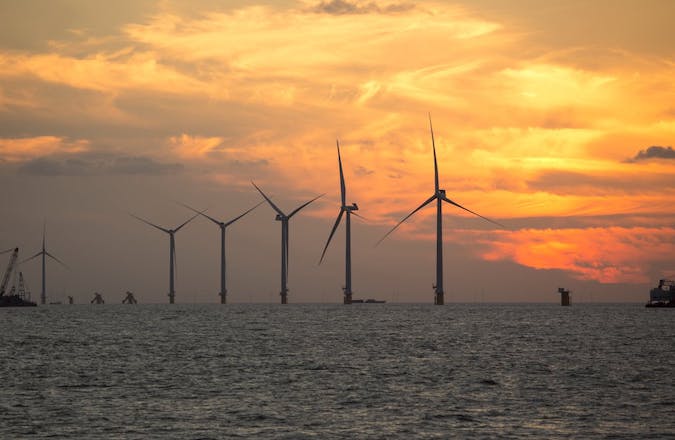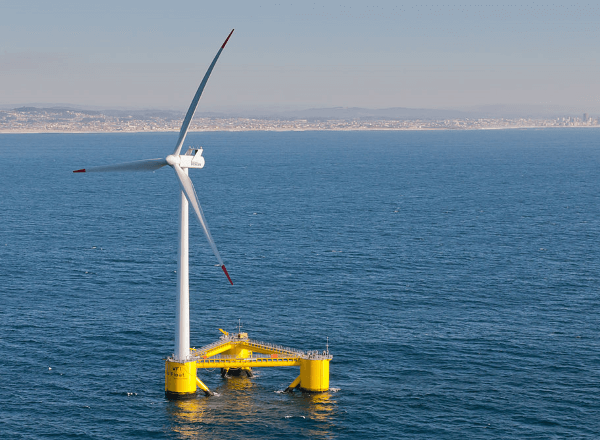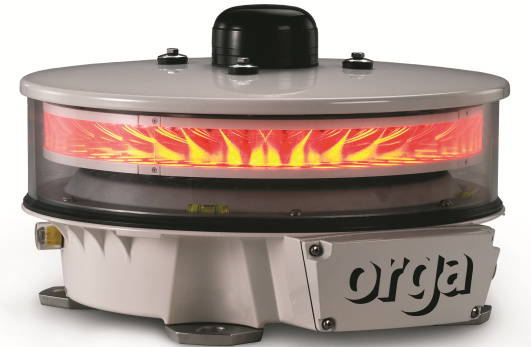Electric cars are becoming ever more popular and are making headway in decarbonising transport. In comparison other modes of transportation, such aircraft and boats have seen a slower transition away from fossil fuels.
In past articles we have discussed greener fuels for aircraft, and in this, we explore electric boats, specifically in the maintenance of offshore wind farms.
Figure 1: Wind Turbines at Sea. [3]
The challenge
The use of electric boats poses new challenges compared to electric cars. Cars can pause their journey partway to recharge if the battery does not have the sufficient range to undertake the entire journey (and possibly return trip as well).
Boats however, do not have the luxury of motorway services stations, located in say the North Sea or Celtic Sea. To address this, a novel idea is proposed to provide this opportunity to recharge as maintenance and crew vessels travel to offshore wind farms to carry out their work.
The solution
A study by Oasis Marine with Scottish Power Renewables investigated the potential for reducing CO2 emissions from associated boats by providing a “Power Buoy”. This would be a structure where up to three boats can moor, and recharge their batteries for the return trip. The Power Buoy would use the electricity produced by the wind farm itself for added efficiency.
The study found the proposal was “technically, operationally and economically beneficial” compared to the continued use of fossil fuels. A key source of emissions during the operational phase of an offshore wind farm’s lifetime, is the fossil fuels used to transport people and supplies to and from the turbines for maintenance and associated works.
Going beyond the benefits for the environment, the solution is financially favourable too. Cost savings in the generation of power should feed into lower prices for consumers. Companies using the power can enjoy lower costs, easing cost-push inflationary pressure. Leading to positive economic knock-on effects.
The study also notes the benefits of charging stations to be included in the bids of companies tendering to manage offshore wind farms by providing an opportunity to improve the green credentials of their bid.
Conclusion
The pathway to a sustainable future is paved with innovative technologies, creative solutions, and making improvements, be they large or small, in every place we can. The power buoy to decarbonise boats traveling to and from offshore turbines is just one such example of such creative innovations.
About Pager Power
Pager Power undertakes technical assessments for developers of renewable energy projects and tall buildings worldwide. For more information about what we do, please get in touch.
References:
[1] https://www.pexels.com/photo/wind-turbines-at-sea-12956299/
[2] https://www.scottishpowerrenewables.com/userfiles/file/Oasis%20Marine-SPR-Operation-Zero.pdf
[3] Greece-China News (2017) from Pexels.com. Last accessed on 11th June 2025. Available at: https://www.pexels.com/photo/wind-turbines-at-sea-12956299/




